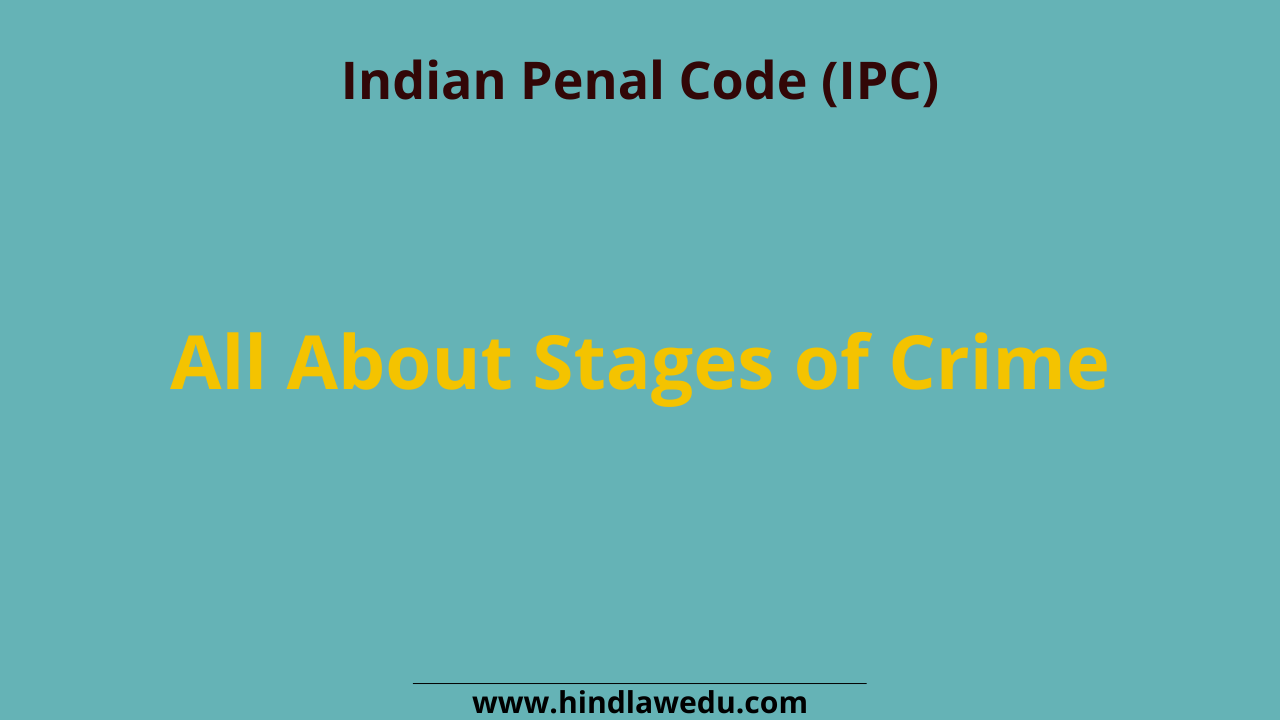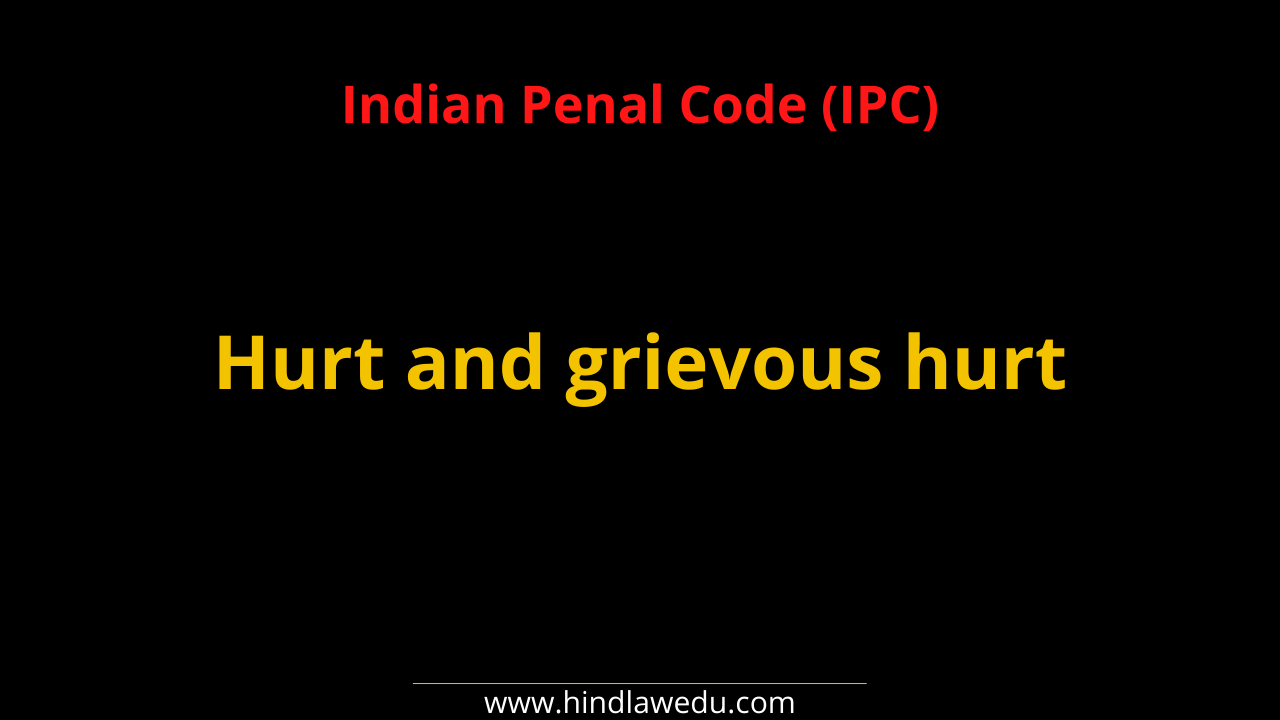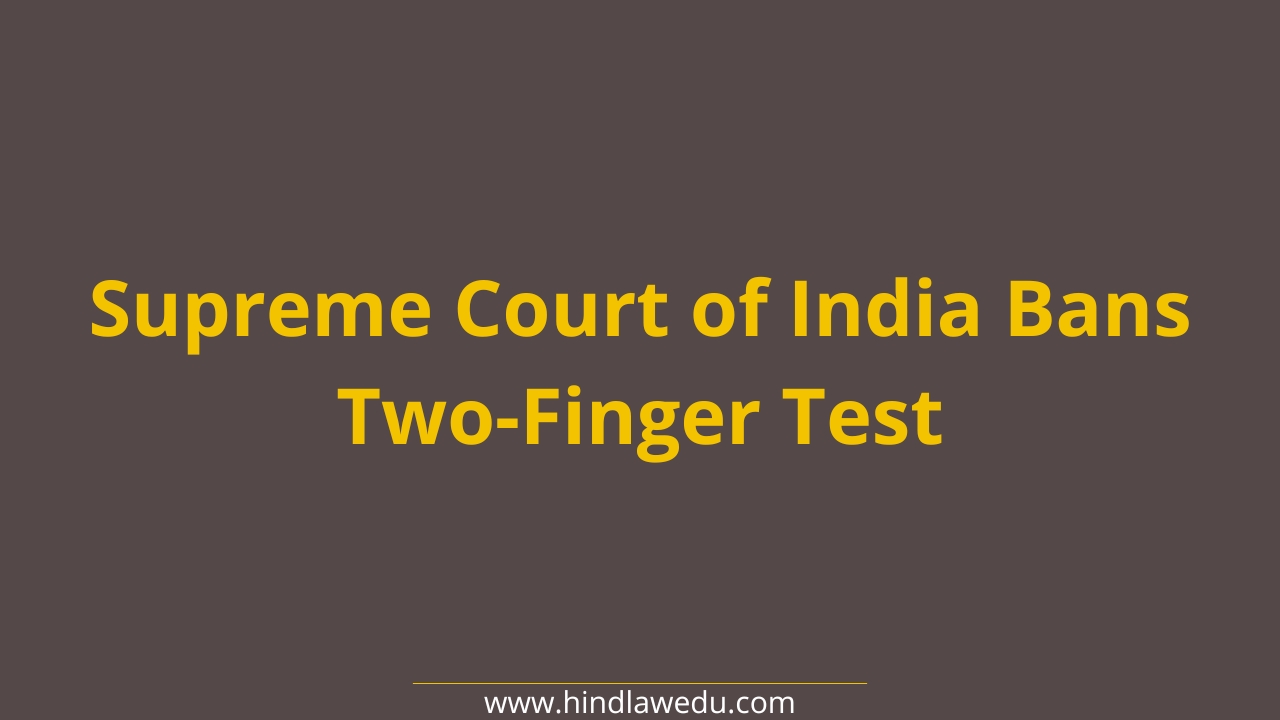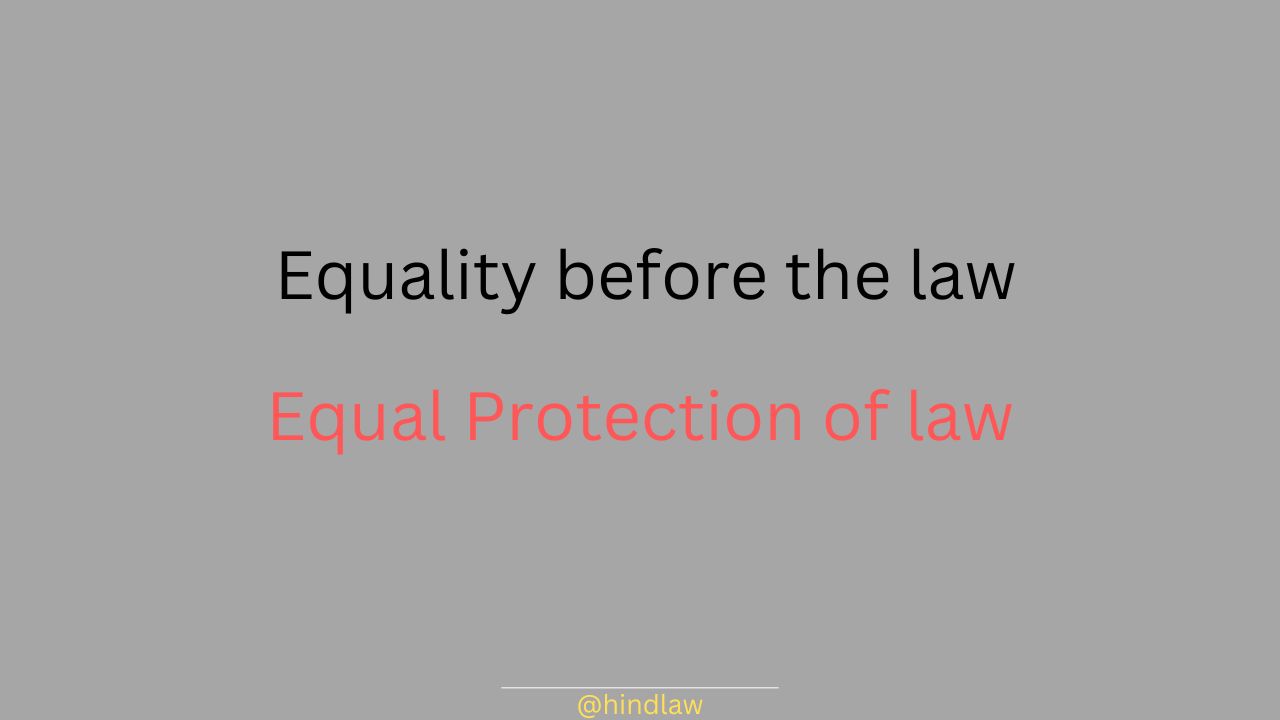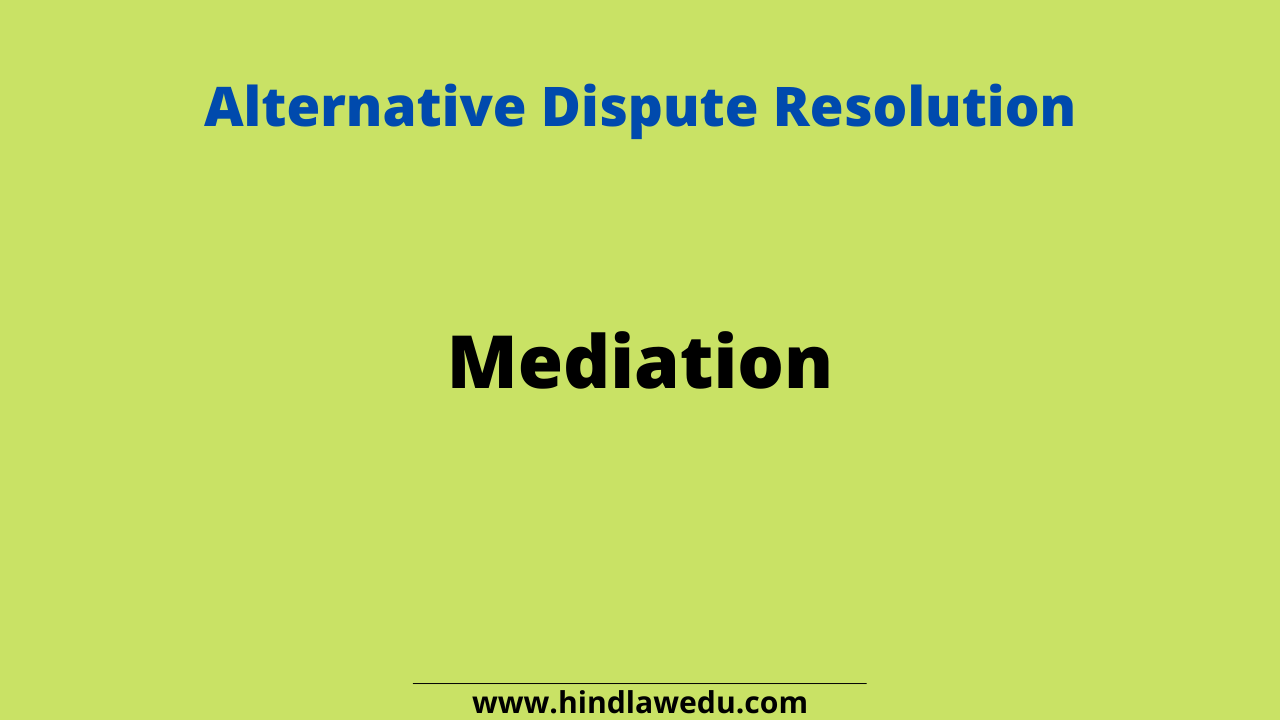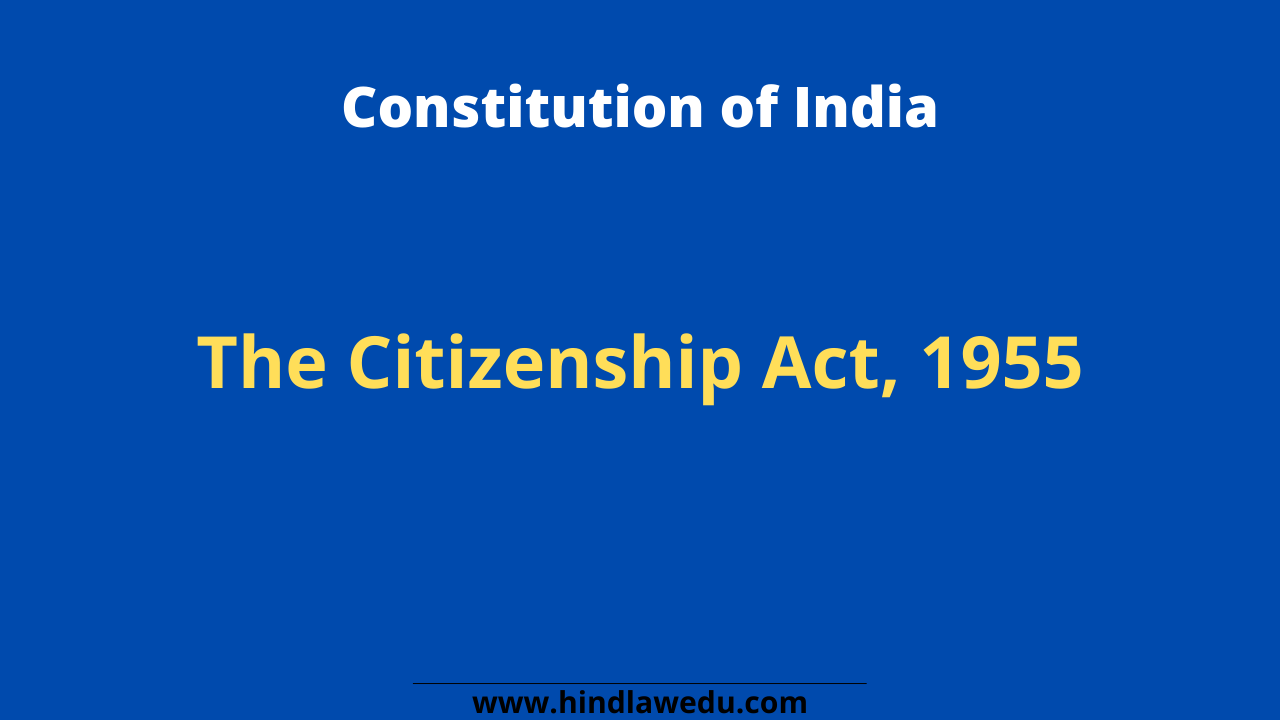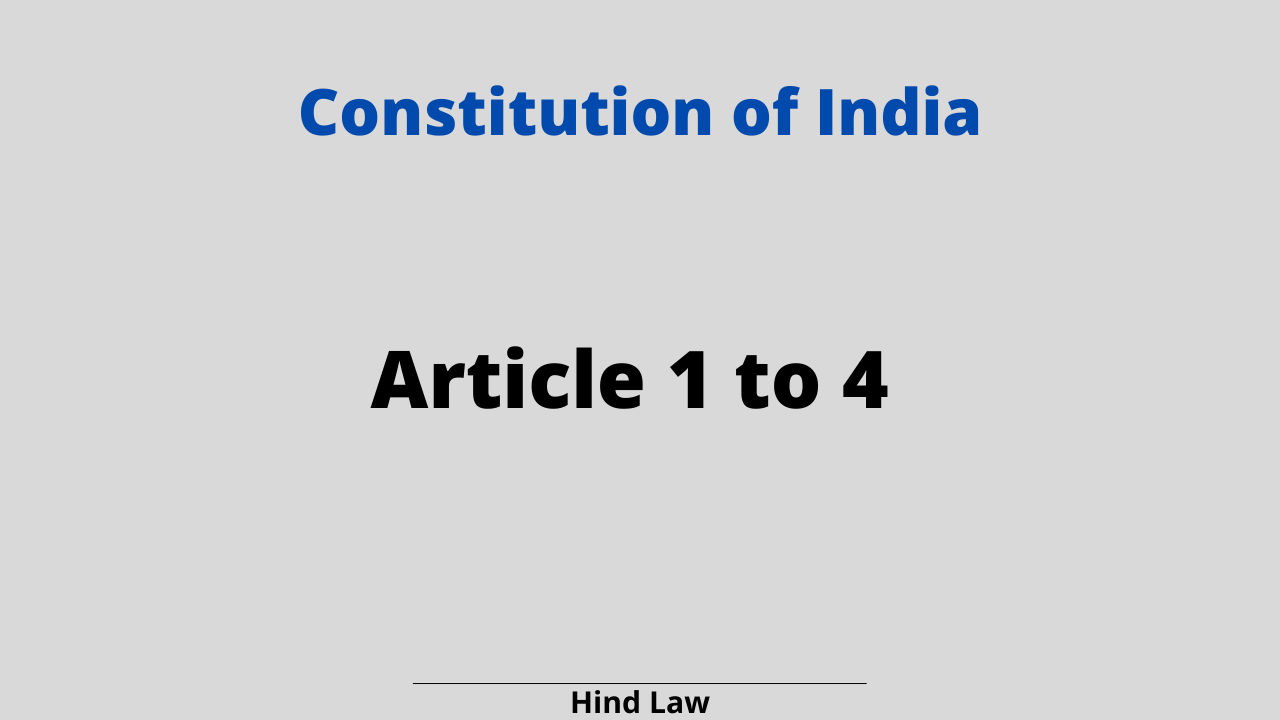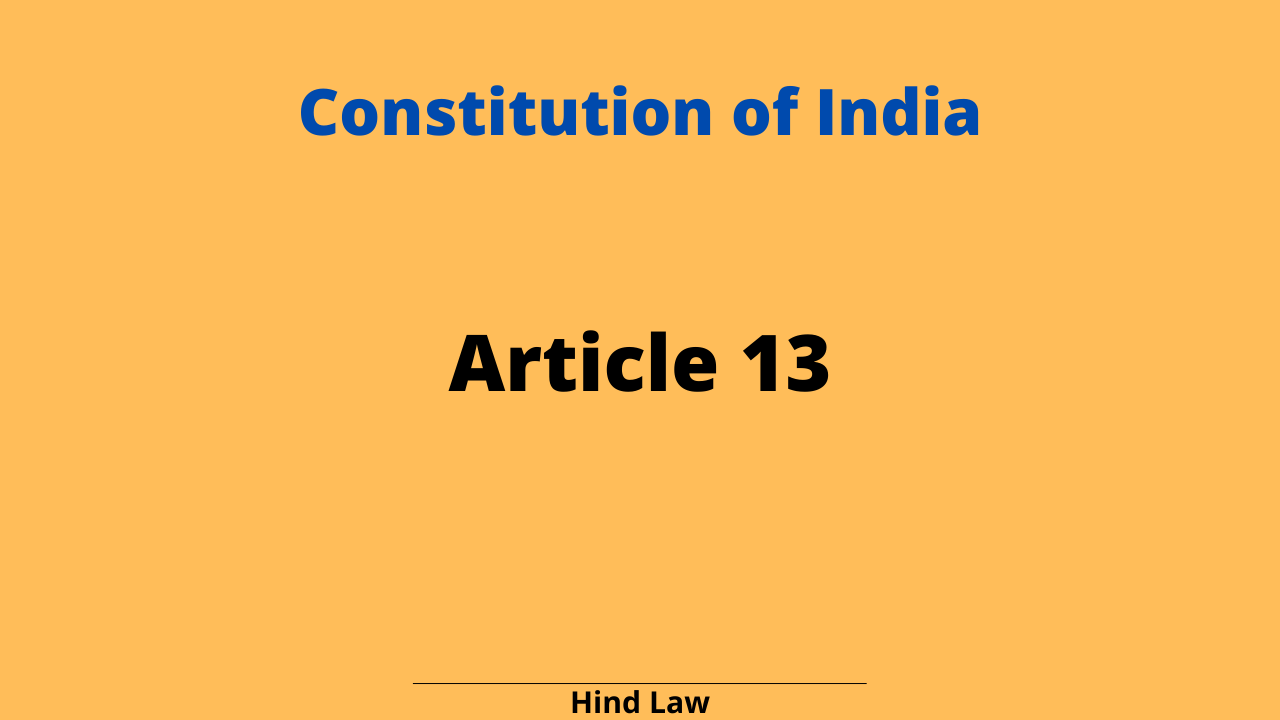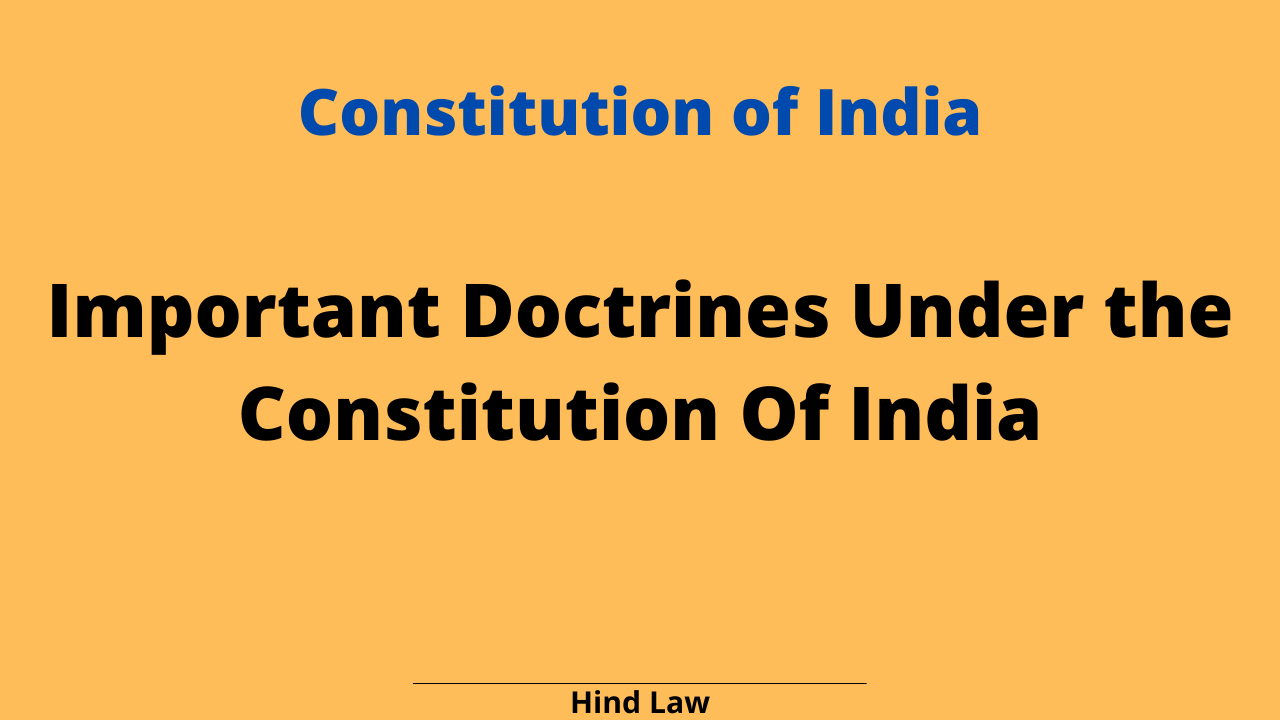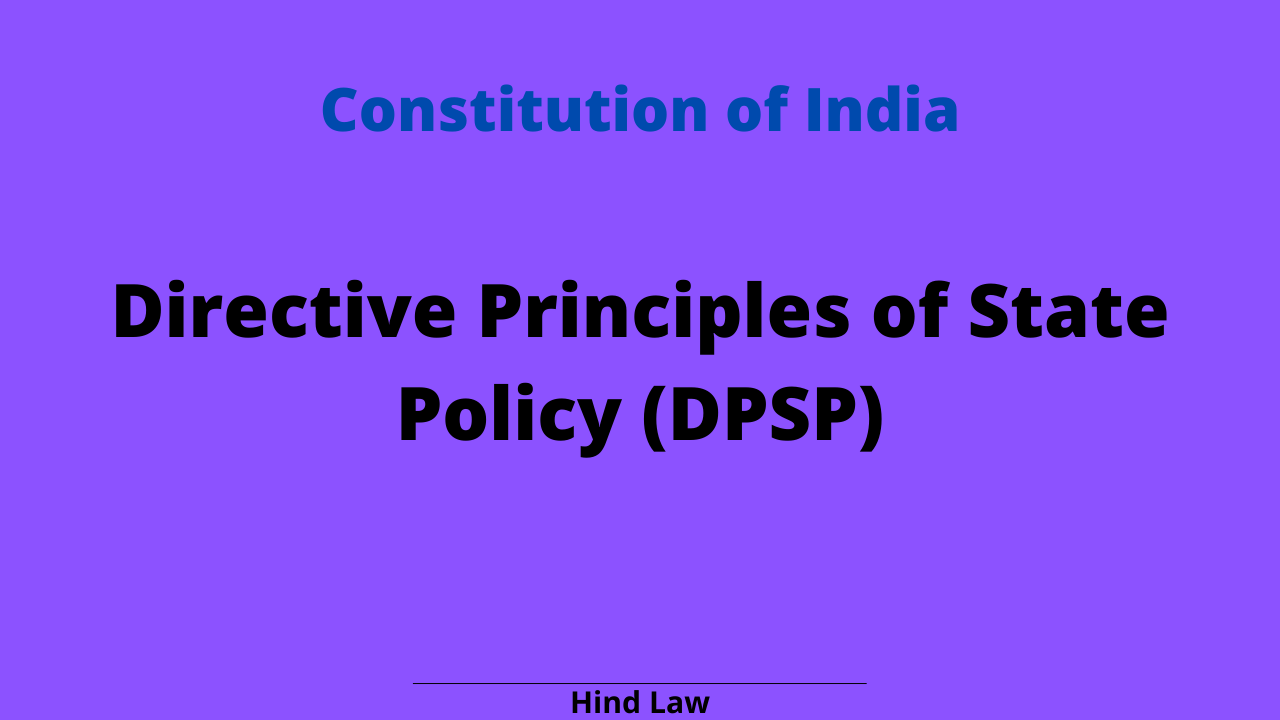Introduction
The Constitution of India is one of the finest-crafted Constitutions in the World. This Constitution is made by the Constituent Assembly under the Cabinet mission plan. This Constituent Assembly first met on 9 December 1946.
It took 2 years, 11 months and 18 days to complete our Constitution.
On 26 November 1949, the final draft of the constitution was formally adopted after 2000 amendments, that’s why every year we celebrate Constitution Day on 26 November.
It was originally handwritten in both Hindi and English by Prem Behari Narain Raizada in flowing italics and was decorated by the artists of Shantiniketan.
B.R. Ambedkar was the head of the drafting committee. Our Constitution legally came into effect on 26 January 1950. That’s why we celebrate republic day every year on this day.
The salient features of the Indian Constitution are as follows –
- Preamble of the Constitution
The Preamble to the Indian Constitution is a well drafted document which states the philosophy of the constitution. It declares India to be a Sovereign, Socialist, Secular, Democratic Republic and a welfare state committed to secure justice, liberty and equality for the people and for promoting fraternity, dignity of the individual, and unity and integrity of the nation.
The Preamble is the key to the constitution. It states in a nutshell the nature of the Indian state and the objectives it is committed to securing the rights of people. Preamble is considered to be the major element of the Constitution.
- Lengthiest written Constitution in the World
The Indian Constitution is a very detailed constitution. Originally, it had 395 articles, 22 parts and 8 schedules. As a result of various amendments over the passage of time, our Constitution contains 470 articles, 25 parts and 12 schedules at present(2021).
It is a constitution of both the Centre and states of the Indian Union. It is indeed much bigger than the US Constitution which has only 7 Articles, the UK has no written constitution and the French Constitution has 89 Articles.
One of the other reasons why this Constitution is so huge is because there is a single Constitution for the entire India. India is a huge country and it needed detailed rules to be applied to various parts of the States. Due to this a massive constitution was made.
- A unique blend of rigidity and flexibility
The Indian Constitution is neither rigid nor flexible, this is also one of the reasons for its length. The famous example of the rigid constitution is the Constitution of the U.S., and it is known as a rigid constitution as the amendment process is very difficult.
The Indian Constitution is not very difficult to amend, as the Constitution of the U.S.A. It has gone through 103 amendments so far but there are certain steps to be satisfied before bringing in the amendment. Thus the Indian Constitution is a unique blend of rigidity and flexibility.
- Parliamentary form of Government
This form of governance is adopted from the British Constitution. India adopted it because she was experienced in following this form of government. This is often called a Westminster form of government.
In this type of government, the executive is responsible and answerable to the legislature through various methods and forms.
For all its policies and decisions the Council of Ministers is collectively responsible before the Lok Sabha. In a parliamentary system, the head of state is normally a different person from the head of government.
Like in India, the head of the state is president and head of the government is prime minister.
- Fundamental Rights:
Under Part III (Articles 12-35), the Constitution of India grants and guarantees Fundamental Rights to its citizens. It is called the Indian Bill of Rights. Initially, 7 Fundamental Rights were granted but after the deletion of the Right to Property from the list of Fundamental Rights (by the 44th Amendment Act 1979) their number came down to six.
The Six Fundamental Rights are:
(i) Right to Equality
It provides for Equality before Law, End of Discrimination, Equality of Opportunity, Abolition of untouchability and Abolition of Titles.
(ii) Right to Freedom
It incorporates six fundamental freedoms – freedoms of speech and expression, freedom to form associations, freedom to assemble peaceably without arms, freedom to move freely in India, freedom of residence in any part, and freedom of adopting any profession or trade or occupation.
(iii) Right against Exploitation
This Fundamental Right prohibits sale and purchase of human beings, forced labor (beggar) and employment of children in hazardous jobs and factories.
(iv) Right to Freedom of Religion
this right grants the freedom of conscience, religion and worship. Any person can follow any religion. It gives to all religions freedom to establish and maintain their religious institutions. No person can be compelled to pay any tax for the propagation of any religion. The state cannot levy a tax for any religion and the constitution prohibits the imparting of religious instructions in schools and colleges.
(v) Cultural and Educational Rights
Under this category the Constitution guarantees the rights of the minorities to maintain and develop their languages and cultures. It also confers upon them the right to establish, maintain and administer their own educational institutions.
(vi) Right to constitutional remedies (Article 32 and 226)
- Fundamental Duties
Article 51A of the Indian Constitution provides 11 fundamental duties like respect for the national flag and national anthem, promoting brotherhood etc. There are no specific provisions to enforce fundamental duties in the Courts like the fundamental rights but it is also necessary to follow the fundamental duties.
In the case of AIIMS Student Union v. AIIMS, it was held that the fundamental duties are equally important as the fundamental rights.
- Right to Constitutional Remedies
This fundamental right is the soul of the entire Bill of Rights. It provides for the enforcement and protection of Fundamental Rights by the courts. It empowers the Supreme Court and High Courts under article 32 and 226 respectively to issue writs for the enforcement of these rights.
Dr. B. R. Ambedkar said that article 32 is the soul of the constitution and it is at the very heart of it. Writs are written orders issued by the Supreme Court of India to provide constitutional remedies to protect the fundamental rights of citizens from a violation.
The types of writs are:
- Habeas Corpus
- Certiorari
- Prohibition
- Mandamus
- Quo Warranto
- Directive Principles of State Policy
Part IV of the Constitution dealing with the ‘Directive Principles of State Policy’ provides one of the most notable features of the Indian Constitution. The Directive Principles are instructions to the state for securing socio-economic developmental objectives through its policies. These are to be implemented by both the Union and the States.
For example, Directive Principles direct the state to ensure for the people adequate means of livelihood, fairer distribution of wealth, equal pay for equal work, protection of children, women, labour and youth, old age pension, social security, local self-government, protection of the interests of the weaker sections of society, promotion of cottage industries, rural development, international peace, friendship and co-operation with other states etc. The aim of Part IV is to secure and strengthen socio-economic democracy in India.
- Adult-Suffrage
Another feature of the Constitution is that it provides for universal adult suffrage. All men and women enjoy an equal right to vote. Each adult man and woman above the age of 18 years of age has the right to vote. All registered voters get the opportunity to vote in elections.
- Single Citizenship
India is the single Independent and Sovereign integrated state. Presently it has 28 states and 8 Union Territories. All citizens enjoy a common uniform citizenship. They are entitled to equal rights and freedoms, and equal protection of the state.
- Single Integrated Judiciary
The Constitution provides for a single integrated judicial system common for the Union and the states. The Supreme Court of India works at the apex level, High Courts at the state level and other subordinate courts work under the High Courts.
There are 25 State High Courts working in all parts of India. The Supreme Court is the highest court of the land. It controls and runs the judicial administration of India.
- Judicial Review
The Constitution is the supreme law of the land. The Supreme Court acts as the guardian protector and interpreter of the Constitution. It is also the guardian of the Fundamental Rights of the people. For this purpose it exercises the power of judicial review.
By it, the Supreme Court determines the constitutional validity of all laws made by the legislatures. It can reject any law which is found to be unconstitutional. Judicial review is an important check and balances in the separation of powers.
- Emergency Provisions
The Constitution of India contains special provisions for dealing with emergencies.
It recognizes three types of possible emergencies:
(1) National Emergency (Article 352) – an emergency resulting from war or external aggression or threat of external aggressions against India or from armed rebellion within India or in any of its parts.
(2) Constitutional Emergency in a State (Article 356) – an emergency resulting from the failure of constitutional machinery in any state or some parts of state.
(3) Financial Emergency (Article 360) – an emergency resulting from a threat to financial instability in India.
Therefore, these were some important basic features of our Indian Constitution.
Also Read In Simplified language:
Preamble Of Indian Constitution

